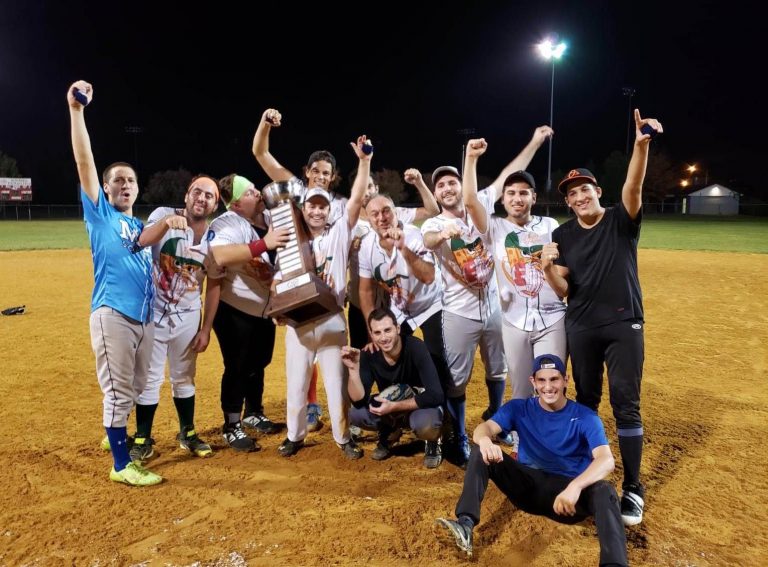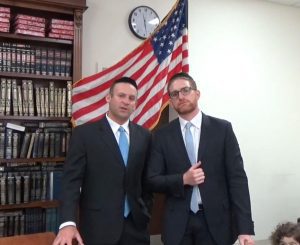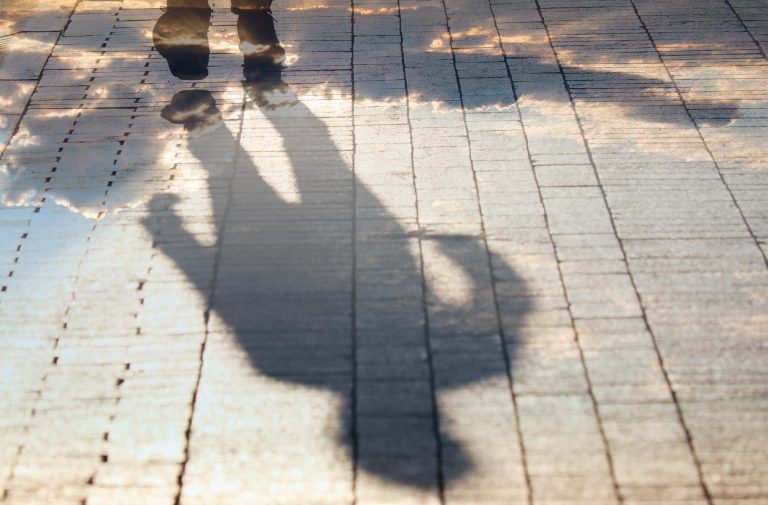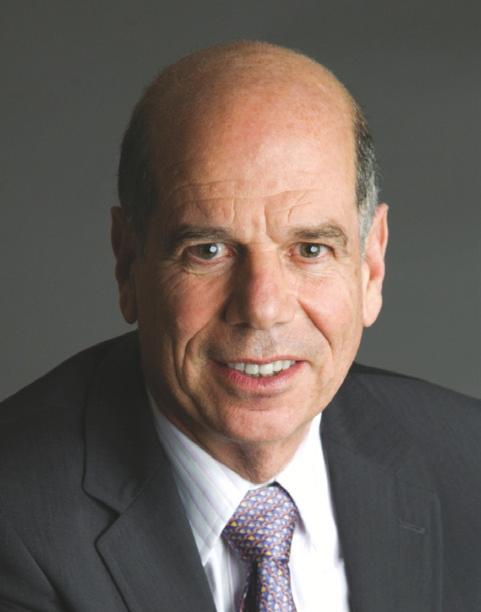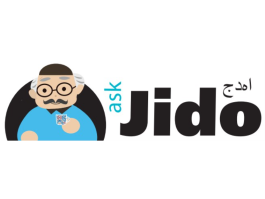Appreciation energetically uplifts you and those who love you. Take the time to send a thoughtful note of appreciation to someone today.
Mozelle Forman, LCSW
Has anyone else forgotten what day of the week it is? Do you want your news delivered in 30 seconds or less even though you know by the time you finish reading the article or listening to the broadcast the news will be obsolete? Is anyone else confused about when to wear a mask, what to touch, what to sanitize, what to avoid, and who it is safe to hug?! Welcome to 2020!
The New Normal
We are living in a time of uncertainty, a time where everything we counted upon is unfamiliar or gone. We are waking up and stumbling through a day that seems like yesterday, only it is not. We are looking for answers that no one can provide, checking our phones, or wherever we get our news from, grateful that no one else has passed on. We have survived the great pandemic of 2020. And we are tired. We do not want to be part of an historical era, an unprecedented time in world history. We want to go back to normal. However, we are having a hard time defining what is normal and feeling normal ourselves. What was “normal” no longer is, and what is “normal” today, probably will not be “normal” tomorrow. And who knows if the kids go back to school in the Fall? Our entire sense of equilibrium is off.
In order to maintain our equilibrium, we need constancy and familiarity – something we can depend on, something with permanence. We need to be able to plan, as planning is an antidote to anxiety. We need to have guidelines and remedies to problems, should they arise. And we need to be able to make decisions that help to keep us and our loved ones safe. Yet living in a post-pandemic world, we are very short on all of the above.
Our ever-changing world requires us to process, digest, and assimilate new realities into our consciousness. We need to cultivate an acceptance of the new “normal” and adapt to that. Ideally, our psyches can make these assimilations as needed over time. Yet, we are being asked to adapt to changes on a daily basis, knowing that these changes may be obsolete tomorrow. We are being asked to go forward into the unknown, to abandon that which we have depended on as truth and “normal” and to suddenly have the skills necessary to navigate the new reality. I heard someone compare what we are experiencing now to building a boat while being out at sea in the middle of a storm. Like those seafarers, we are learning on the job under the most difficult of circumstances. We may be feeling stressed, anxious, overwhelmed, angry, frustrated, afraid, inadequate, tired, and confused in varying degrees and at various times. Experiencing these feelings for a prolonged period of time is considered a “traumatic event,” which puts our brains and bodies into survival mode.
Operating in Survival Mode
Survival mode means there is no long-term or medium-term plan. We are forced to focus on getting through the next 24 hours. The end of the week feels like a long way off. When you are stuck in survival mode, you feel like you will never be able to dig yourself out of the hole. You are exhausted most of the time, barely finding the energy to get through your day, let alone to do the things that you love and bring you joy. You often find yourself snapping at those you love most, only to be filled with guilt afterwards. It feels like someone has sucked all of the color out of your world.
Living in survival mode for too long literally wears a person down. Anxiety and depression can set in even after the immediate threat or danger is gone. In some cases, Post-Traumatic Stress Disorder could set in. PTSD is characterized by intense feelings of distress when reminded of a tragic event, as well as physical reactions such as nausea, sweating, or a pounding heart, nightmares, loss of interest in daily activities, avoiding the activities, feelings, thoughts, or places that remind you of the distressing event, and feeling detached from people. If you or a loved one are experiencing any of these symptoms for an extended period of time, seek the counsel of a mental health professional.
But all is not lost. You know the expression, “when life gives you lemons make lemonade.” In the same vein, after a traumatic event many people may experience Post-Traumatic Growth. Sonja Lyubormirsky, who practices “positive psychology” explains that PTG is “triggered by highly stressful life events that pose a significant challenge to an individual’s assumptive beliefs about the world. They emerge from this challenge with renewed belief in their ability to endure and prevail, with improved relationships and a deeper sense of compassion.” In essence, they move from surviving a traumatic event to a desire to thrive.
When a person is thriving, they are experiencing a sense of development. They see themselves improving, and they have a sense that they are succeeding at mastering something. They are feeling good about life and are bringing purpose and compassion into their life. There is a huge difference between surviving and thriving. Surviving means that you continue to live or exist, especially in spite of danger or hardship. Thriving means you are prospering, flourishing, succeeding, growing, and developing. Surviving is being stuck – as in sheltering in place. Thriving is engaging with the world around us with purpose and joy. Thriving can only occur when we have a sense of security and equilibrium – a feeling that the world is predictable and consistent. We need answers to vital questions that are unavailable to us. Almost every conversation that I have had in the past few months, though, has ended with one of us saying, “I just don’t know.”
Tips for Thriving – Not Only Surviving
So, what is the secret to thriving in uncertain times?
- Manage your physical health –Trauma and survival mode both take a toll on your physical health. To feel better, take care of your body. Get plenty of sleep every night. Exercise every day. Eat well and avoid alcohol. Manage stress with meditation, yoga, or other relaxation techniques.
- Create a routine – Ground yourself with a daily routine. When you have goals to accomplish, make lists and tackle them one small, manageable piece at a time. Find time for enjoyable activities like reading, cooking, or doing whatever you enjoy.
- Consistently let go of expectations – If the expectations placed upon you by society, family, friends, peers, colleagues, or even yourself, are causing a great deal of stress, practice self-compassion. Listen intently to your feelings and do not judge yourself if you cannot fulfill everyone’s expectations. Create an inner dialogue of positive self-talk. For example, say things to yourself such as, “This is difficult and uncomfortable, but it only temporary.” “I can use my coping skills and get through this.” “It’s ok to feel this way, it’s a normal reaction.” “This won’t last forever.”
- As thriving implies growth and success at mastering something, try something you have never done before or learn something you assumed would be too difficult – Maybe you have always wanted to cook a whole chicken, or knit a cool scarf, or build a sturdy table, but you thought it was too difficult. Push beyond your comfort zone and try something you assumed would be too challenging. The world has so much to offer you. Never stop exploring the endless opportunities for expansion available to you.
- Practice radical gratitude by showing your appreciation for the people who support you – Appreciation energetically uplifts you and those who love you. Take the time to send a thoughtful note of appreciation to someone today.
- Laugh as much as possible and get up and dance when you feel too serious – The health benefits of laughter and dancing, both emotional and physical, have been well documented. Studies show that children laugh 300 to 400 times a day, and adults only 17.5 – so tap into your inner child and get the giggles. Better yet, dance while you laugh or laugh because you’re dancing. Movement releases stagnation. Where else would the phrase “shake it off” come from?
Remember Our Legacy of Trust in Hashem
And lastly, remember from whence we came. The Jewish nation was forged when we proclaimed the words, “Naaseh ve’nishma” – we will do and we will listen – stated when we were presented with the Torah. Our wholehearted leap of faith, our commitment to the Torah and to Hashem began in a place of uncertainty. We did not know what we were agreeing to. We did not preview the Torah before we accepted it. With trust and conviction, we simply jumped in. That ability to trust and to move forward without all the facts, which is the legacy we inherited from our forefathers, is what we need now, and what will help us to thrive in these uncertain times.




